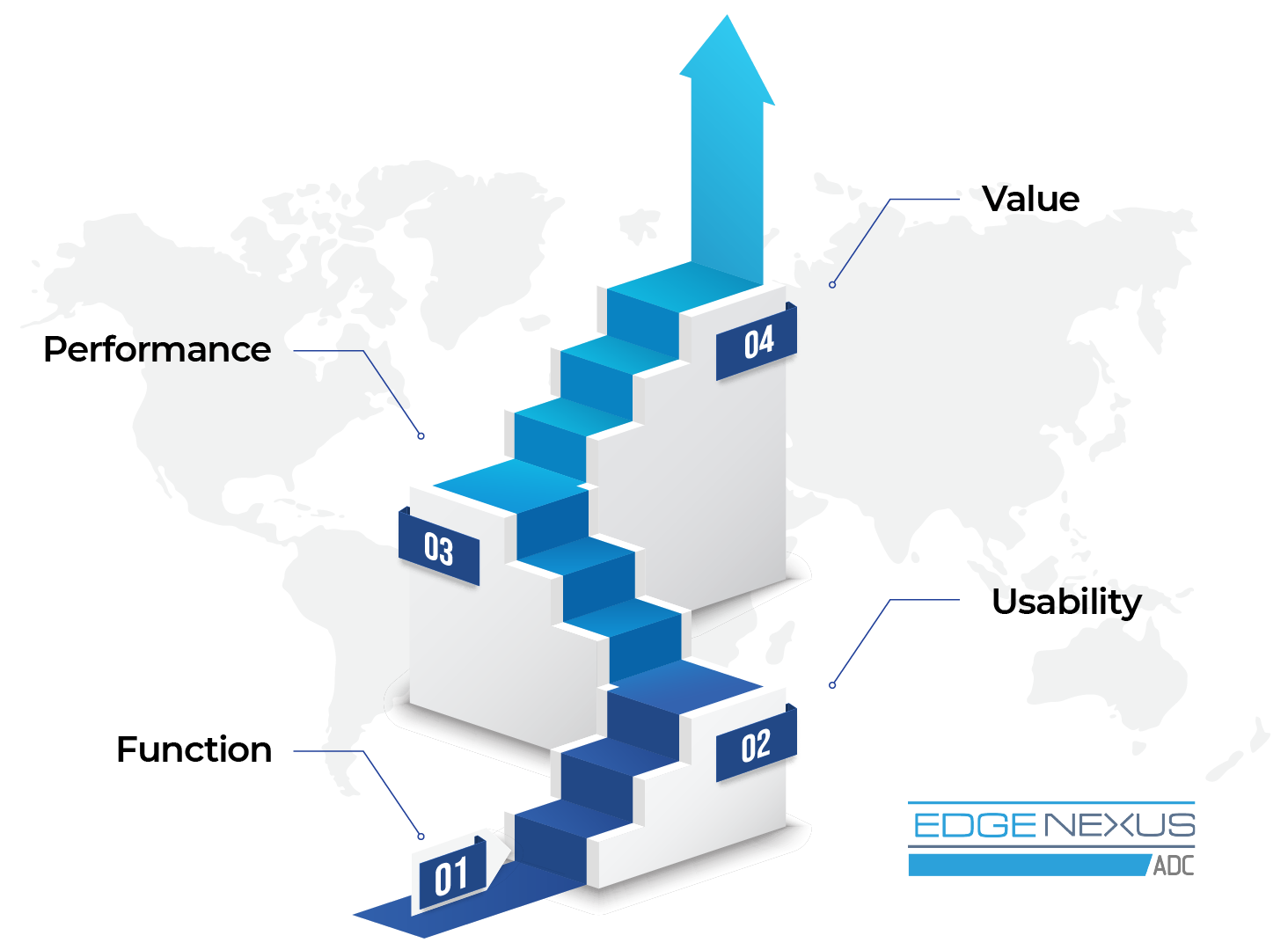Menu ☰
- Why Edgenexus?
- Try
- Products
- Solutions
- Applications
- Resources
COMPARE
READ
WATCH
SEE
Alliances and Partners
- Support
Resources
ALLIANCES AND PARTNERS




 )
)
